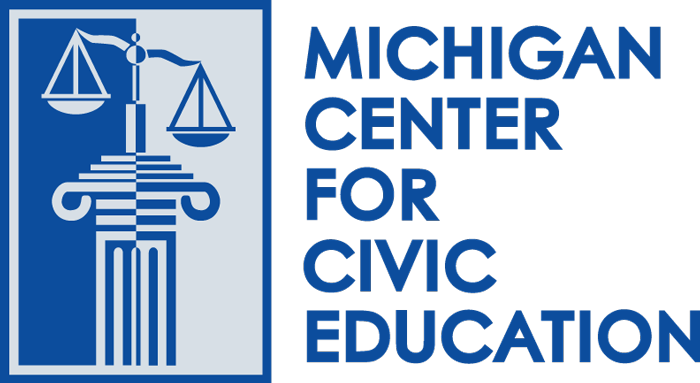Extends students’ understanding of the 14th Amendment, the Constitution, and the history of civil rights in the United States. Students apply knowledge about “equal protection of the laws” to a variety of fact situations and controversies.
Civics Lessons
Equal Protection Analysis
The U.S. Constitution: Continuity and Change in the Governing of the United States
This unit examines continuity and change in the governing of the United States. Lessons one and two are focused on a study of the Constitution and Bill of Rights and provide access to primary source documents from the Library of Congress. Lesson three investigates important issues which confronted the first Congress and has students examine current congressional debate over similar issues. Lesson four features broadsides from the Continental Congress
Jamie Anderson v. Taylor Williams
Case developed for the 2011 Michigan High School Mock Trial Tournament
Civil Case-Cyber-stalking
The Bill of Rights: Debating the Amendments
In this lesson, students examine a copy of twelve possible amendments to the United States Constitution as originally sent to the states for their ratification in September of 1789. Students will debate and vote on which of these amendments they would ratify and compare their resulting “Bill of Rights” to the ten amendments ratified by ten states that have since been known by this name.
What Makes A Good Judge?
This lesson focuses on the costs and benefits of various judicial selection methods. Students will list characteristics they think essential or valuable to being a good judge, and then see which system of judicial selection – appointment, merit, or election – obtains the highest quality judges. In discussing each method, students will understand the tradeoffs between accountability and independence in judicial selection.
This lesson was developed to be used on Law Day, but does not need to be limited to Law Day.
Voter Identification and the Right to Vote
Students Research positions that divided the Supreme Court on voter identification case-Crawford vs. Marion County
Brown v Board of Education (1954)
This case summary provides teachers with everything they need to teach about Brown v. Board of Education (1954). It contains background information in the form of summaries and important vocabulary at three different reading levels, as well a review of relevant legal concepts, diagram of how the case moved through the court system, and summary of the decision. This resource also includes nine classroom-ready activities that teach about the case using interactive methods.
People v. Alex Johnson
Case developed for the 2010 Michigan High School Mock Trial Tournament
Criminal Case-Murder of high school student
Constitution Day: The 1965 Alabama Literacy Test
Students learn about literacy tests by taking what they think is a pop quiz on the Constitution and Bill of Rights.
The Road to the Constitutional Convention
This lesson focuses on the various problems under the Articles of Confederation between 1783 and 1786 that led to the call for the 1787 Convention. By examining documents of Congress, the state governments, and prominent American founders—both public and private—students better understand why many Americans agreed that the Articles should be revised and amended.

